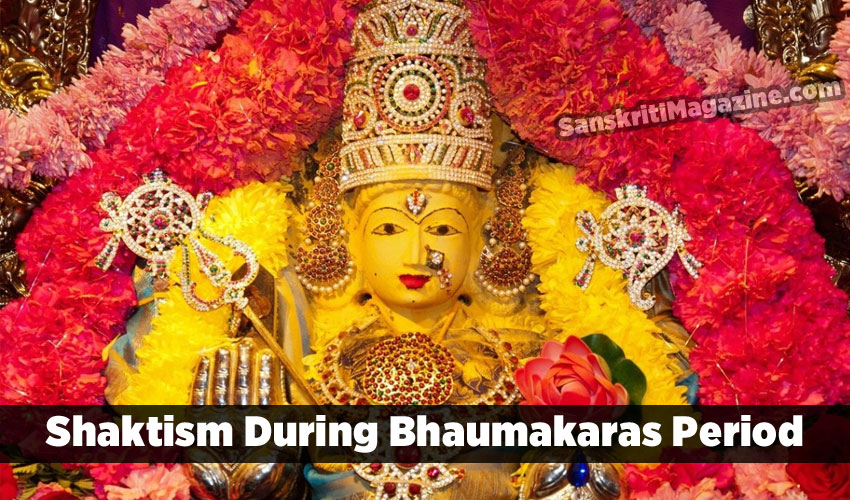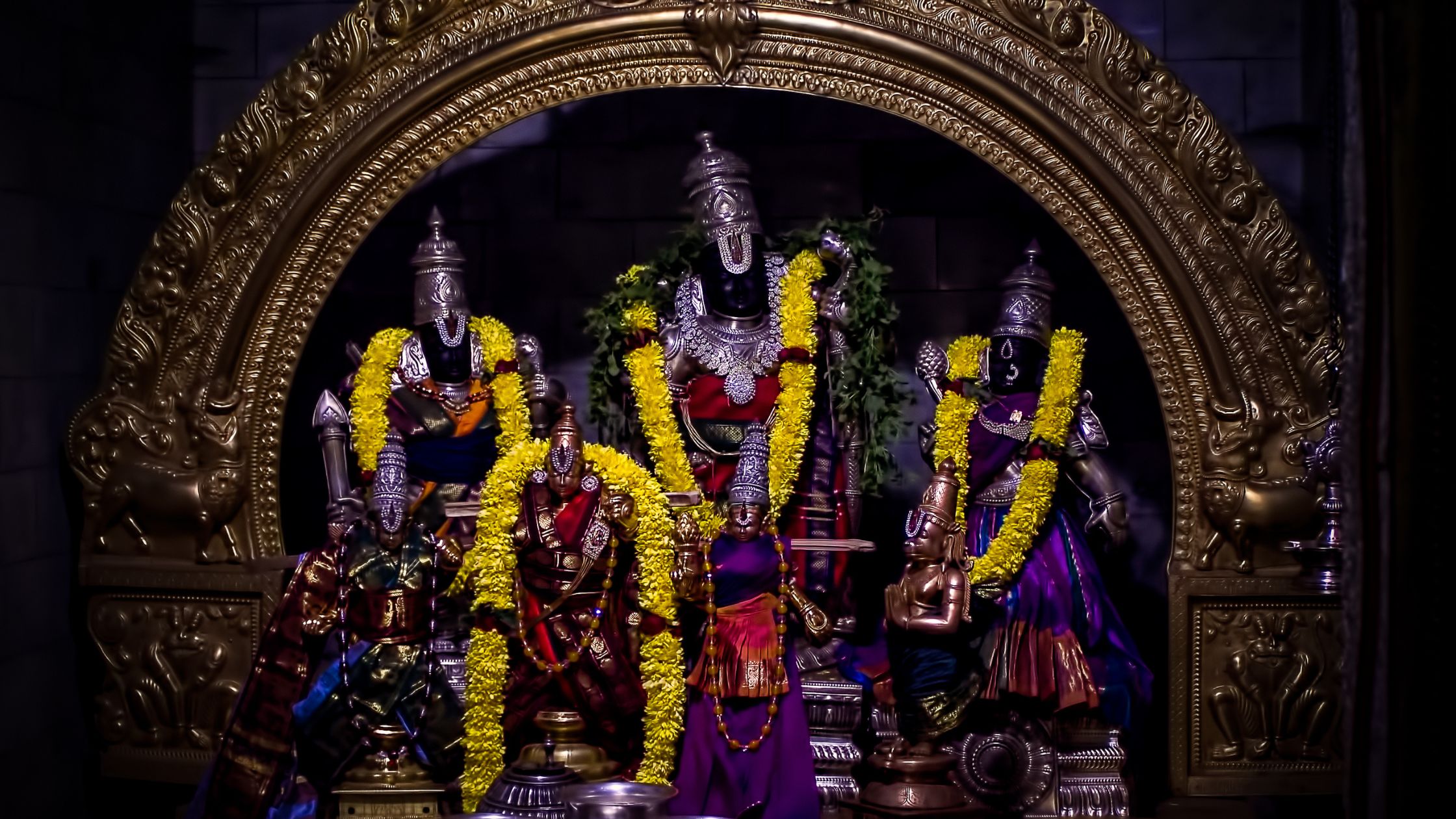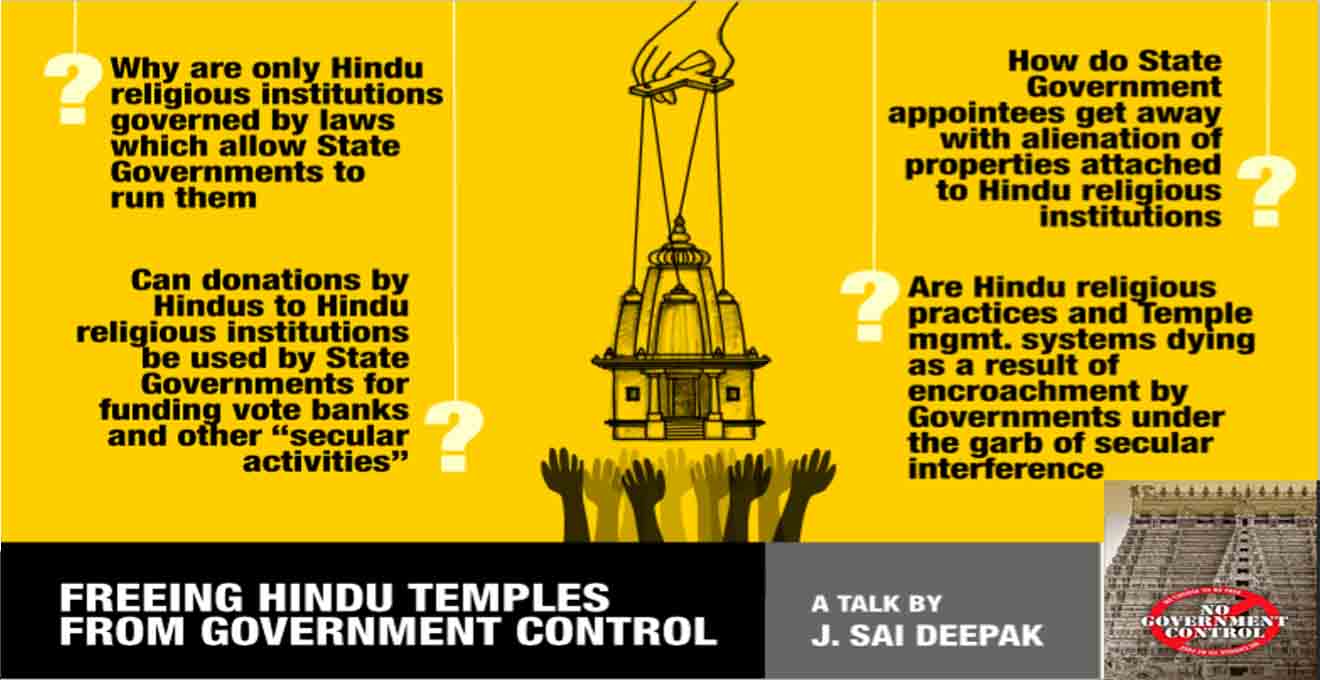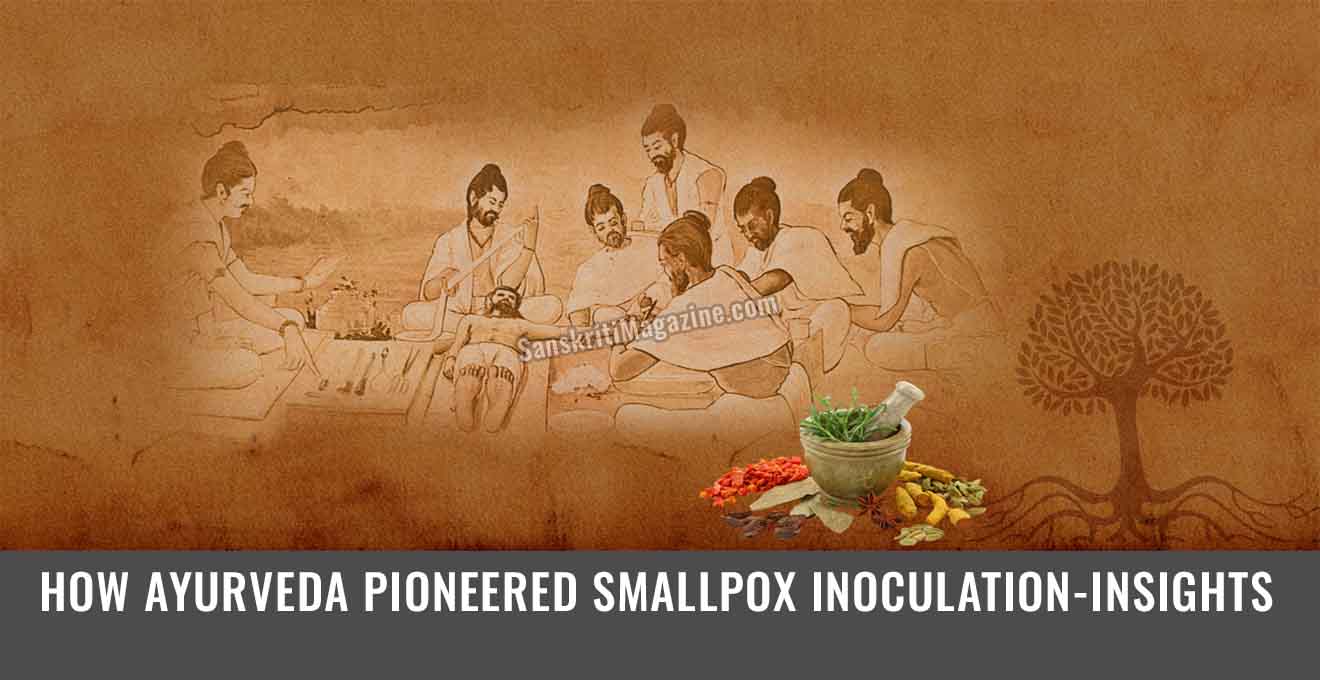The history of Odisha in 8th century AD marked the rise of a powerful dynasty known as Bhaumakaras. The Bhaumas ruled for nearly 2 centuries over Odisha. The rulers established a vast kingdom known as Toshali. The kingdom was extended from Kongodamandala in the south to Dandabhuktimandala in the north. The entire Odisha including south-western part of Midnapore district of West Bengal was under their sway. From the available copper plate grants of their family we come to know that six numbers of female members of this family ruled over Odisha.
The epigraphic records of the Bhaumakaras provide us with interesting information about their religious leanings. The inscriptions reveal that the rulers were votaries of different religious sects, viz, Buddhism, Vaishnavism, Saivism and Saktism. Under the patronage of the Bhauma monarch a large number of institutions connected with different religions flourished in Odisha. The cardinal feature of the religious history of Bhaumakaras is that the members of same royal family were followers of different religious cults.
The rise of Bhaumakaras was a notable epoch in the history of Mahayana Buddhism in Odisha. Their rule also witnessed the evolution of Buddhism from Mahayana to Vajrayana. The Bhaumas who were mostly Buddhists in faith but eclectic to other Brahaminical religions and introduced Tantrism and amalgamated the flow with Shaktism, Saivism and Buddhism resulting the emergence of Tantric goddess and monuments with Tantric method of rituals and worship.
From the Bhauma copper plate grants we assume that Shaktism reached the pinnacle of glory during this period. We have evidence that the capital Viraja (Jaj Pur) was a centre of Sakta worship during this time. Viraja is one of the traditional Panchakhetras in Odisha dedicated to Brahminical Panchadevata. The theoretical interpretation of the Sakti cult inculcated in the Vedas, Upanisadas, puranas etc. found expression of mother goddess.
The peculiar feature of this period was the intimate relation between Siva and Sakti which is revealed from the copper plate charter. The Baud Grants state that when Queen Tribhuvana Mahadevi granted the village Kottapura at the request of Sasilekha, the queen of Mahamandaladhipati Mangalakalasa, in favour of the temple Nannesvara constructed by her. It is described that one share of the gift village said to have been granted for perpetual offering of ablution, sandal paste, bali and charu to the deity Uma-Mahesvara installed in the said temple.
This proves the intimate relation between Siva and Sakti during the period under discussion.
The Dhenkanal grant of Tribhuvana Mahadevi speaks that she ascended the throne like goddess Katyayani whose lotus like feet were kissed by the heads of the feudatory chiefs who bowed down with devoted loyalty.
The goddess katyayani, we have presumed that the deity is no other than goddess Viraja in aspect of Sakti. According to Bhakti Bhagavata the Bhojas or the Bhaumas were devoted to Viraja and honoured the Brahamanas who were Sakta Tantrikas. The Kalika Purana mention that Lord Jagannatha and goddess Katyayani were the presiding deities of Odra. The goddess Viraja became a great celebrity deity long before Lord Jagannatha of Puri and lord Lingaraja of Bhubaneswar came into prominence.
The Talteli plate of Dharmamahadevi describes that she was the female Swan in the assembly of kings owing allegiance to her and as the goddess Lakshmi in the heavenly garden called Nandana.
A number of Matruka images belonging to 8th-9th century AD have been discovered at Jajpur and its environs. Of the Matrukas, Chamunda appears to have been in special favour of Bhauma age. One such image was installed in a temple of Jajpur by the Bhauma queen Vatsa devi. An inscribed Chamunda image has tentatively been assigned to 8th-9th century AD of Bhauma rule. The inscription records that the work of installation of the image of Chamunda is of the queen Vatsa Devi. The inscription is written as “Siddham Rajni, Vatsadevayah Kirttih”.
So the Bhauma rulers from the beginning of their rule, professed a sort of mixed faith in which Buddhism and Brahaminical faith were strongly amalgamated. It was due to their strong patronization that the Buddhist as well as Brahaminical institution grew side by side during their supremacy. There was an attempt for transformation, assimilation and integration of different religions during the period under discussion.
~ Bharati Pal, Asst. Curator (Epigraphy), Odisha State Museum, Bhubaneswar
References:
1. B.Das – The Bhaumakaras and Their Times.-P-155.
2. H.C. Das – The Cultural Heritage of Jajpur.-P-164.
3. Epigraphica Indica Vol-XXIX,P-201.
4. S.Tripathy, Inscriptions of Bhaumakaras-P-167.
5. Ibid, P-216.
6. Epi, Indica, Vol-XXVII-P-184.











